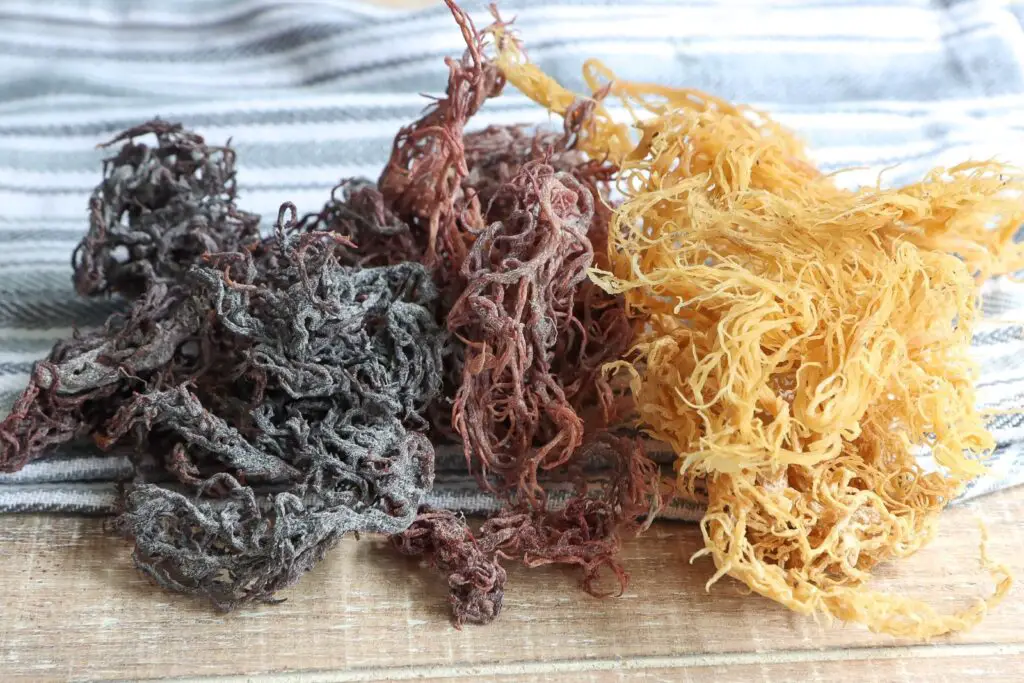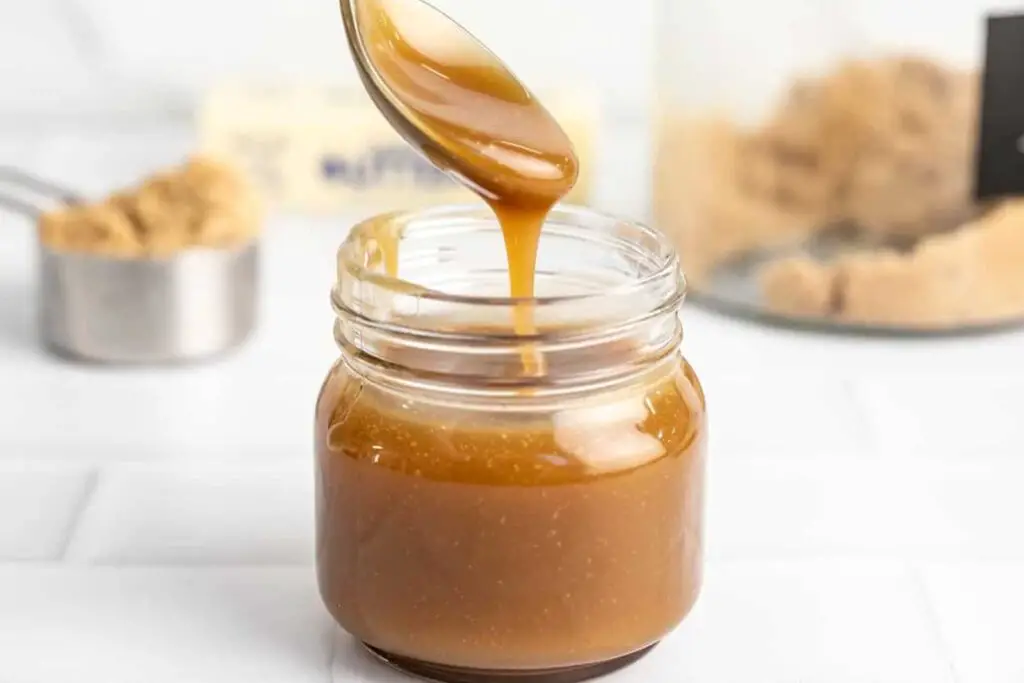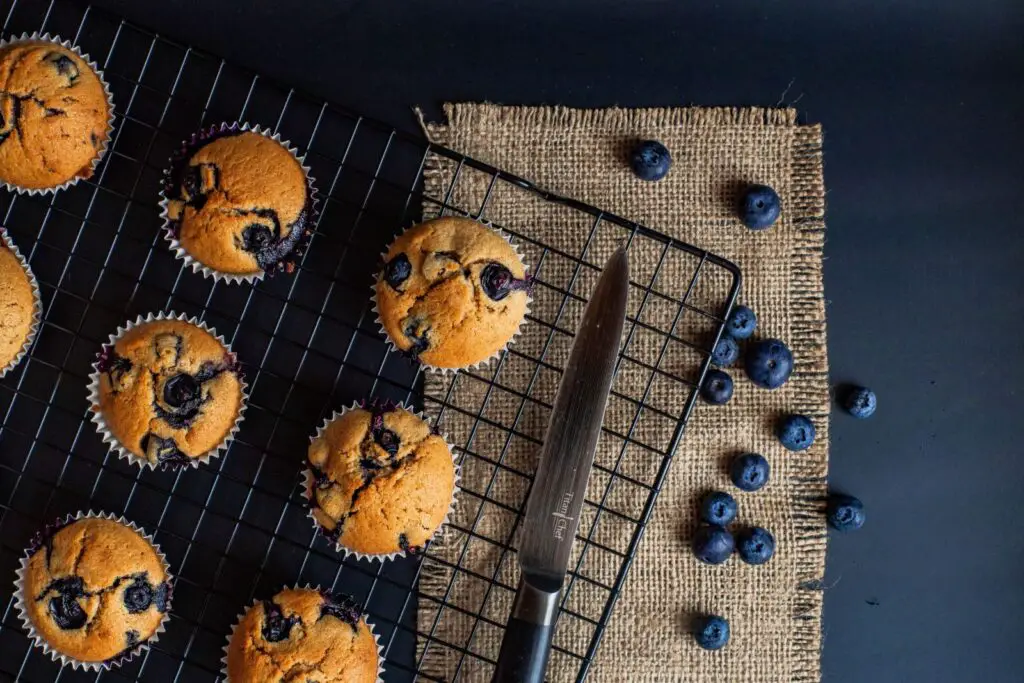
Chips, those crispy and addictive snacks that we all love, come in various flavors and textures, making them a popular choice for snacking and party gatherings. Whether you prefer classic potato chips, tortilla chips, or even vegetable chips, they offer a satisfying crunch and burst of flavor with every bite. But what if you have a surplus of chips and want to extend their shelf life? Freezing chips can be a practical solution to keep them fresh and maintain their crispy texture for longer periods. By freezing chips, you can stock up on your favorite flavors, save them for future occasions, and ensure that they retain their delightful crunch. In this guide, we’ll explore the best practices for freezing chips, including the optimal packaging and storage techniques, so you can enjoy your favorite snack at any time without compromising on quality. Let’s dive into the world of chips and discover how freezing can preserve their deliciousness.
Here are the simple steps to freeze chips:
Step 1: Choose the Right Package
Proper packaging is essential when it comes to freezing chips. The goal is to protect the chips from air and moisture, which can lead to staleness and loss of crispness. Here’s why choosing the right packaging is crucial:
- Air Exposure:
Air is the main culprit when it comes to chips losing their crispness. When exposed to air, the chips gradually absorb moisture from the surrounding environment, causing them to become soft and stale. Therefore, it’s important to use packaging that can effectively seal out air and maintain the desired texture.
- Airtight Containers:
Airtight containers are an excellent choice for freezing chips. Look for containers with airtight lids or seals that create a strong barrier against air and moisture. These containers provide a secure environment for the chips, keeping them fresh and crispy for an extended period. Additionally, they offer protection against physical damage, ensuring that the chips remain intact during freezing.
- Resealable Freezer Bags:
Another popular option for packaging chips is resealable freezer bags. These bags are designed to withstand freezing temperatures and provide an airtight seal. When using freezer bags, make sure they are specifically labeled as “freezer-safe” or “resealable freezer bags.” Such bags are made from thicker materials that can resist the cold temperatures and effectively seal in freshness.
- Protection from Damage:
Besides air and moisture, it’s crucial to protect the chips from physical damage during freezing. Fragile chips can easily break or get crushed, resulting in an undesirable snacking experience. Therefore, choose packaging that is sturdy enough to safeguard the chips. Whether you opt for airtight containers or resealable freezer bags, ensure they are durable and can withstand the freezing process without compromising the integrity of the chips.
Choosing the right packaging is vital when freezing chips. Airtight containers and resealable freezer bags serve as effective barriers against air and moisture, preserving the chips’ crispiness and taste. Additionally, sturdy packaging helps protect the chips from physical damage. By selecting the appropriate packaging, you can ensure that your frozen chips retain their quality and provide a delightful snacking experience when thawed.
Step 2: Prepare the Chips
Properly preparing the chips before freezing is crucial to ensure optimal results. Here’s why and how you should prepare the chips for freezing:
- Preserving Freshness:
Transferring the chips from their original bag into airtight containers or resealable freezer bags helps maintain their freshness during the freezing process. The original bags, although designed to keep the chips fresh, may not provide the same level of protection as airtight containers or freezer bags. By transferring the chips, you create a more secure environment that minimizes the exposure to air and moisture, preserving their crispness and flavor.
- Transferring into Smaller Portions:
If you have multiple bags of chips, it’s advisable to divide them into smaller portions before freezing. This step has several benefits. Firstly, smaller portions are easier to handle when it comes to thawing and consuming later. Instead of defrosting an entire bag, you can take out only the amount you need, reducing waste and ensuring the rest of the chips remain frozen. Secondly, dividing the chips into smaller portions allows for more efficient freezing and thawing. It promotes even airflow and faster freezing, which helps maintain the chips’ quality.
- Gentle Transfer:
When transferring the chips into the airtight container or freezer bag, it’s important to handle them with care. Avoid excessive shaking or rough handling that may cause breakage or crush the chips. Instead, gently pour or place the chips into the packaging, ensuring they are evenly distributed. If you notice any broken chips, you can remove them or consume them immediately to avoid further deterioration.
By preparing the chips properly, including transferring them to airtight containers or resealable freezer bags and dividing them into smaller portions, you can effectively preserve their freshness and make the freezing and thawing process more convenient. Taking these simple steps ensures that your chips remain in excellent condition and ready to be enjoyed whenever you’re in the mood for a crispy snack.
Step 3: Remove Excess Air
Before sealing the packaging containing the chips, it’s important to remove as much air as possible. Here’s why removing excess air is necessary and how you can accomplish it:
- Preventing Freezer Burn:
Air trapped inside the packaging can contribute to freezer burn, which can negatively impact the taste and texture of the chips. Freezer burn occurs when moisture within the chips evaporates and then re-condenses on their surface, forming ice crystals. These ice crystals can dehydrate the chips and lead to a dry, unpleasant texture. By removing excess air, you can minimize the chances of freezer burn and ensure that the chips retain their desired quality.
- Method to Remove Excess Air:
To remove excess air, a simple method is to press down on the bag or container containing the chips. If you’re using a resealable freezer bag, press gently on the bag, starting from the bottom and moving upwards toward the opening. This will push the air out through the opening. If you’re using an airtight container, you can press down on the chips using a clean utensil or your hand, again moving from the bottom towards the opening. As the air is expelled, you will notice the packaging conforming more tightly to the chips.
- Quickly Seal the Packaging:
Once you have removed most of the air, it’s important to quickly seal the packaging to prevent any air from re-entering. For resealable freezer bags, firmly press the zipper or seal shut, ensuring it is securely closed along the entire length. If you’re using an airtight container, place the lid on top and make sure it is tightly sealed. This step helps to maintain the integrity of the packaging and create a barrier against air and moisture.
By removing excess air from the packaging, you minimize the risk of freezer burn and help preserve the taste and texture of the chips. The simple method of pressing down on the bag or container and then quickly sealing it ensures that the chips remain in optimal condition while frozen.
Step 4: Label and Date
Labeling and dating the packaging containing the frozen chips is an important step to maintain organization and ensure you consume them in the proper order. Here’s why labeling and dating are crucial and how to do it effectively:
- Avoiding Confusion:
As time passes, it can be challenging to remember when you froze the chips. By labeling the packaging, you eliminate any confusion and have a clear record of when the chips were frozen. This is particularly important if you have multiple bags or containers of different flavors or types of chips stored in the freezer. Labeling prevents mix-ups and allows you to quickly identify the specific chips you want to thaw and enjoy.
- Using the Oldest Chips First:
The principle of “first in, first out” is valuable when it comes to consuming frozen food items. By dating the packaging, you can easily determine which bags or containers of chips were frozen earlier. This helps you prioritize the oldest chips and ensures they are consumed first, maintaining the highest quality and taste. Labeling also enables you to rotate your stock, ensuring that the chips don’t remain in the freezer for an extended period and potentially lose their freshness.
- Clear and Permanent Marking:
When labeling the packaging, it’s essential to use a permanent marker that will not smudge or fade over time. Choose a marker with a fine tip to allow for clear writing. Write the date of freezing in a visible and easily readable manner. You can include additional information if desired, such as the flavor or type of chips, to further aid in identification.
- Placement of Labels:
Place the labels in a prominent position on the packaging, such as the front or top. This ensures that the date and any additional information are visible at a glance, even when the bags or containers are stacked in the freezer. Avoid placing labels in areas that may be obstructed when the packaging is stored, as this could lead to confusion or difficulty in reading the information.
By labeling and dating the packaging, you maintain order, prevent confusion, and ensure that the oldest frozen chips are consumed first. Using a permanent marker to clearly write the date on the bags or containers allows for easy identification and helps you make the most of your frozen chip collection.
Step 5: Freeze and Thaw Process
After properly packaging and labeling your chips, it’s time to freeze them. Here’s how to ensure an optimal freezing process and understand the recommended timeframe for consuming the frozen chips:
- Proper Placement in the Freezer:
When placing the bags or containers of chips in the freezer, it’s important to arrange them in a way that allows for efficient airflow. Proper airflow helps maintain a consistent temperature and promotes faster freezing. Avoid overcrowding the freezer or placing the chips in a location where they may get squished or crushed by other items. Arrange the packages in a single layer if possible, leaving some space between them for proper air circulation.
- Maintaining Texture and Flavor:
While freezing is an effective method for preserving the chips, it’s important to note that freezing does not completely eliminate the risk of texture changes. Over time, the frozen chips may lose some of their original crunchiness. Therefore, it’s advisable to consume the frozen chips within three to four months for the best texture and flavor. This time frame ensures that the chips maintain their quality and deliver an enjoyable snacking experience upon thawing.
- Thawing Process:
When you’re ready to enjoy the frozen chips, it’s essential to thaw them properly. Remove the desired portion from the freezer and let them thaw at room temperature. Avoid thawing them in direct sunlight or using heat sources, as this can cause condensation and result in soggy chips. It’s best to thaw the chips in their original packaging to prevent exposure to air and maintain their moisture content. Once fully thawed, the chips should be consumed promptly to enjoy their optimal taste and texture.
- Additional Considerations:
It’s worth noting that repeated freezing and thawing can affect the quality of the chips. Each time you refreeze and thaw them, there is a higher chance of texture degradation. Therefore, it’s recommended to freeze the chips in portions that align with your consumption needs, reducing the need for repeated thawing and refreezing.
By properly arranging the chips in the freezer, consuming them within the recommended time frame, and following the correct thawing process, you can maintain the best possible texture and flavor of the chips. Enjoying the chips in a timely manner after thawing ensures that you savor their original crispiness and relish the delightful taste they offer.
Other related questions
Can you refreeze chips?
No, it is generally not recommended to refreeze chips once they have been thawed. Refreezing can lead to changes in texture and flavor, resulting in a diminished quality upon thawing again. It is best to consume the chips after the initial thawing to maintain their desired taste and crispiness.
How do I know if the chips have gone bad after being frozen?
To determine if frozen chips have gone bad, look for signs such as an off smell, mold growth, or a change in appearance. If the chips appear discolored, have a strange odor, or exhibit any signs of mold, it is best to discard them. Additionally, if the texture is excessively soft or they have a rancid taste, it indicates spoilage and the chips should not be consumed.
Can I freeze vegetable chips, like kale chips or beet chips?
Yes, you can freeze vegetable chips like kale chips or beet chips. To freeze them, ensure they are fully cooled and dry before placing them in an airtight container or freezer bag. When ready to consume, allow them to thaw at room temperature for a few minutes, or briefly reheat them in an oven to restore their crispness.
Can you freeze flavored chips, such as barbecue or sour cream and onion?
Yes, you can freeze flavored chips like barbecue or sour cream and onion. However, it’s important to note that freezing may affect the texture and taste of the chips. To freeze them, ensure they are sealed in an airtight container or freezer bag to minimize exposure to air. When ready to consume, allow them to thaw at room temperature before enjoying, but be aware that the flavor and texture may be slightly different from fresh chips.
Can I reheat the frozen chips?
Yes, you can reheat frozen chips to enjoy them warm. To do so, preheat your oven to a moderate temperature, spread the frozen chips on a baking sheet in a single layer, and bake them until they are heated through and crispy. Alternatively, you can use an air fryer or a microwave with a crisp function to reheat the chips, following the manufacturer’s instructions for best results. Remember to monitor them closely to prevent overcooking or burning.
What other uses of frozen chips?
Frozen chips have various other uses beyond traditional snacking. They can be utilized as an ingredient in certain recipes, such as casseroles, soups, or as a topping for baked dishes like shepherd’s pie. Additionally, frozen chips can be repurposed as a side dish by baking or frying them to accompany meals. Some creative individuals have even incorporated frozen chips into unique dishes like nachos, poutine, or as a crunchy addition to salads.








